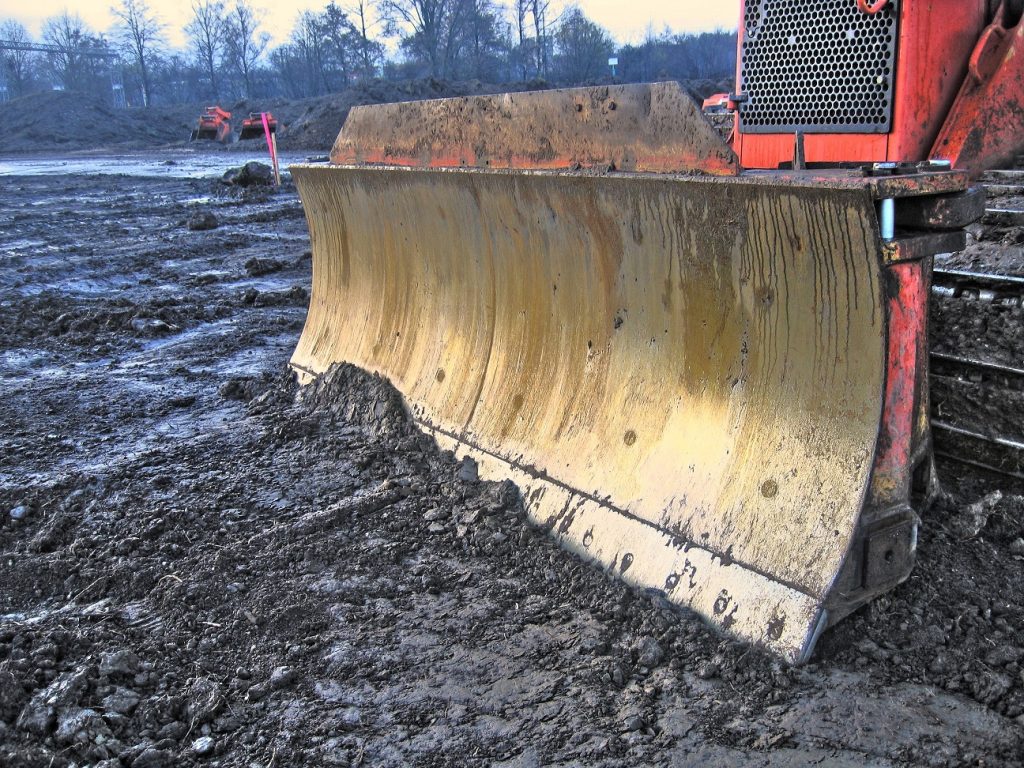Soil is a finite resource that is essential to sustain life. Healthy soils play an important role in climate change mitigation by storing carbon (carbon sequestration) and decreasing global greenhouse gas (GHG) emissions in the atmosphere (United Nations 2015). Beyond the obvious importance of soils to agriculture, they have a significant role in infrastructure development. Infrastructure projects across Ontario create a large surplus of soil through excavation, which creates a high need for offsite disposal and a high demand for the bedding and grading materials that infrastructure projects are placed on, in, or under.
 In addition to resource use of soil, infrastructure projects generate environmental impacts through GHG/particulates emissions, petroleum fuels consumption, traffic congestion from trucking (for both disposal and aggregate/granular fill replacement), and water quality contamination (siltation/runoff from stockpiles etc.). Related impacts also include noise pollution and infrastructure damage (road wear) from truck traffic as well as aggregate depletion from the unnecessary use of ‘virgin’ resources instead of the beneficial reuse of excavated soils. Estimates are that 20 to 25 million cubic metres of excess soils are generated from these types of excavations each year in Ontario.
In addition to resource use of soil, infrastructure projects generate environmental impacts through GHG/particulates emissions, petroleum fuels consumption, traffic congestion from trucking (for both disposal and aggregate/granular fill replacement), and water quality contamination (siltation/runoff from stockpiles etc.). Related impacts also include noise pollution and infrastructure damage (road wear) from truck traffic as well as aggregate depletion from the unnecessary use of ‘virgin’ resources instead of the beneficial reuse of excavated soils. Estimates are that 20 to 25 million cubic metres of excess soils are generated from these types of excavations each year in Ontario.
Proper management of excavated soil is a benefit both economically and environmentally. But is this excess soil being properly managed? The Ontario government document, Management of Excess Soil – A Guide for Best Management Practices offers specific guidelines on alleviating some of the negative side effects of removing excess soil as well as ideal management practices. They serve as recommendations, however, and do not stipulate mandatory implementation.
As environmental stewards, engineers and other professionals working on infrastructure in Ontario should consider and advance best management practices to conserve natural resources such as soil during the development of various infrastructure projects. Proper planning should apply sustainable practices that consider economic, environmental and societal impacts/benefits through the effective design, construction and operation of infrastructure projects. OSPE and other associations represent a significant proportion of the designers, developers and builders of Ontario’s infrastructure and are well placed to address soil management issues in line with the IYS 2015 objectives.
In this regard, OSPE has partnered with the Greater Toronto Sewer and Watermain Contractors’ Association (GTSWCA) and Residential and Civil Construction Alliance of Ontario (RCCAO) to conduct a survey to determine the extent that excess soil management practices needlessly waste usable soil from excavations. The goal is to demonstrate to industry and governments, especially municipalities, that following best practices including not transporting soil that can be re-used or recycled makes economic and environmental sense.
If you manage and/or make decisions about excess soils, we want to hear from you! Our goal is to generate metrics based on data that we gather from the survey to demonstrate the actual costs, both monetarily and environmentally, from the needless removal and disposal of excess soils. In this way, we hope to influence stakeholders, especially municipalities, that it is in their best interest to heed the Management of Excess Soil – A Guide for Best Management Practices and encourage better and more efficient management of this precious resource.
Please take our anonymous survey at: https://ospe.on.ca/surveys/?id=Soils.
After filling out the survey, contributing infrastructure and soil management experts can choose to enter themselves into an optional draw to receive their choice of one of three great prizes! If you wish to enter yourself into the draw, please submit your contact info at the end of the survey.





Leave a Comment